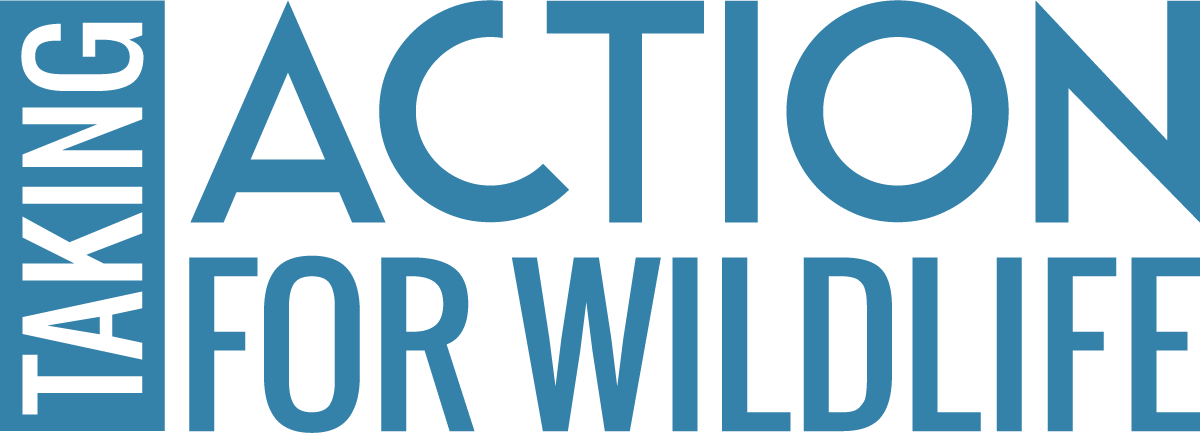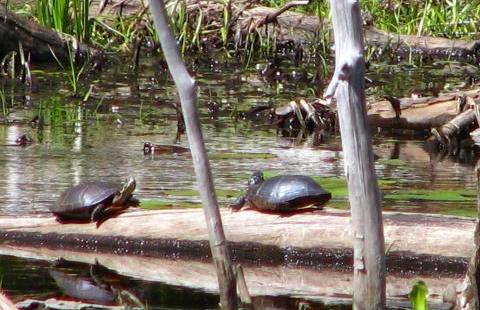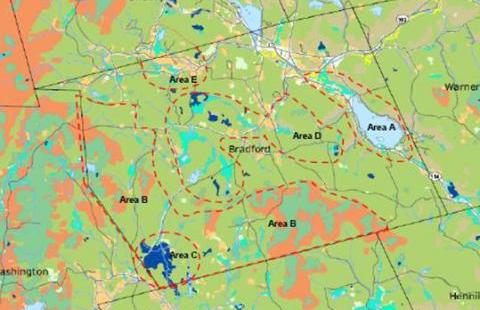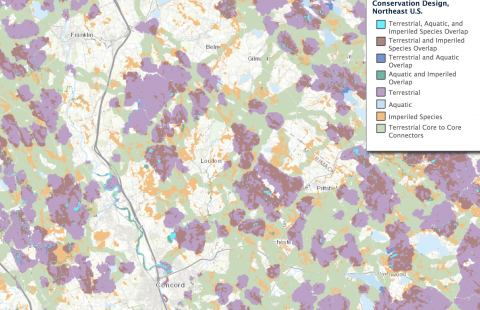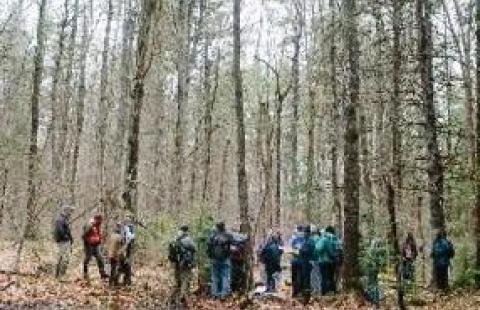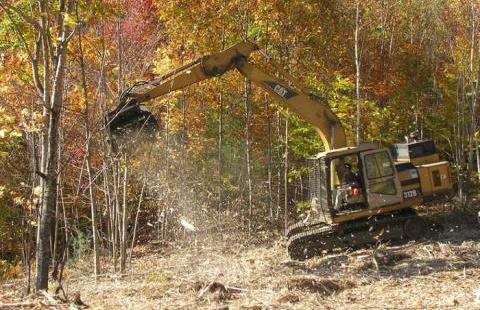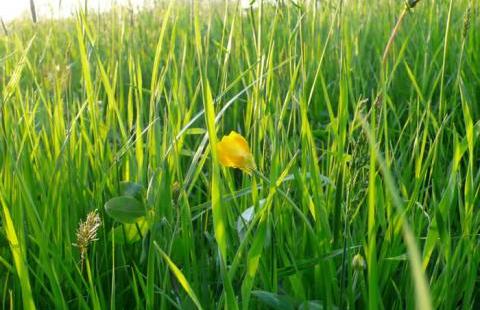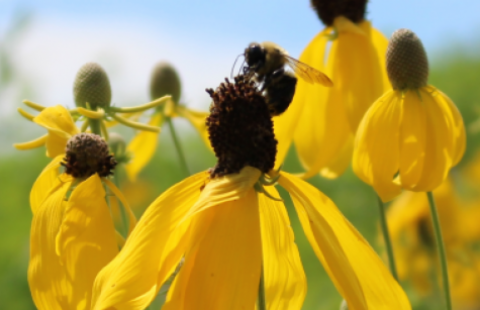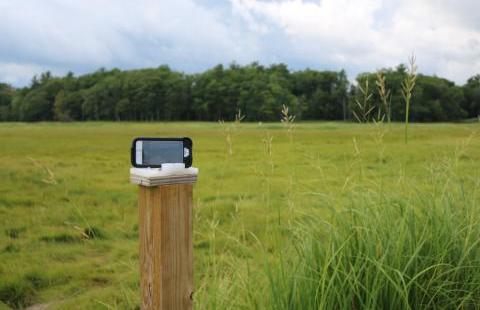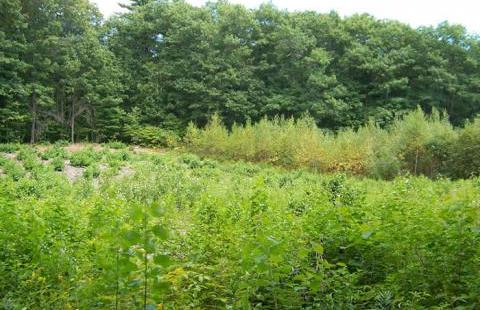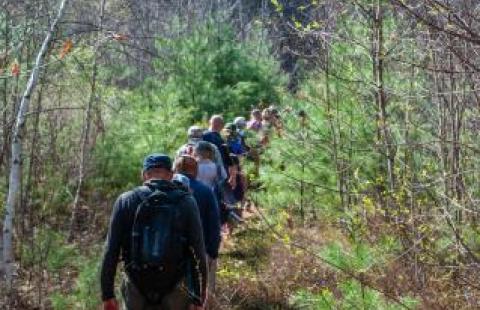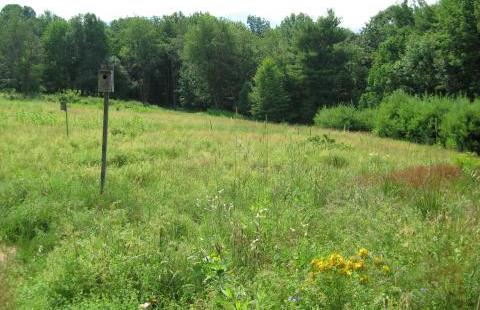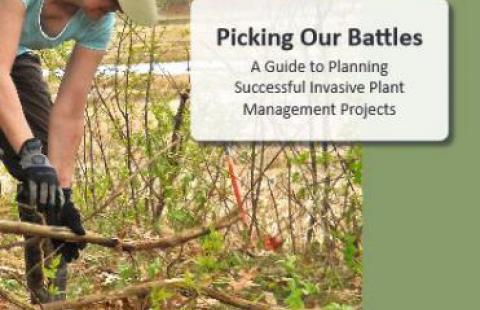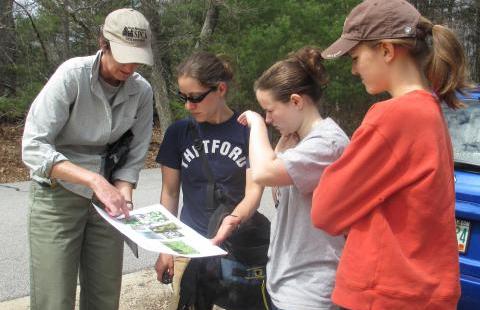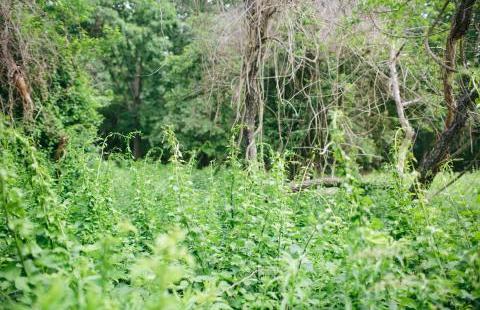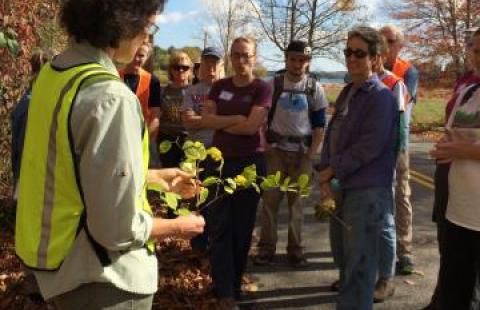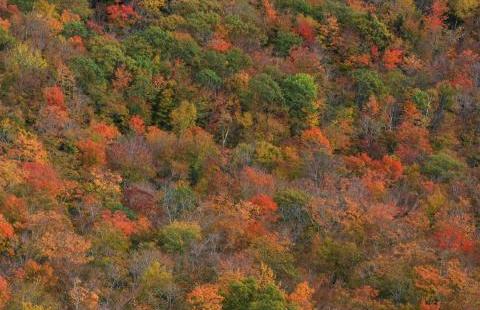By identifying and describing natural resources in a local setting, a Natural Resources Inventory (NRI) provides communities with a strong foundation ...
Learn More
Communities and conservation groups can prioritize areas for habitat protection using the NH Wildlife Action Plan maps.
Learn More
Permanent land protection is one of the best ways to support wildlife in a changing climate by providing a network of connected habitats and refugia t...
Learn More
There are a variety of data sources, tools, and other resources available to inform climate-smart land conservation and management.
Learn More
Read about how other individuals, communities, and conservation groups have used conservation planning, natural resource inventories, habitat manageme...
Learn More
Some habitats require disturbances to maintain their unique characteristics. Sometimes these disturbances occur naturally, but sometimes we can manage...
Learn More
If it's appropriate for your land, managing grassland habitats will greatly benefit the wildlife in your area.
Learn More
One thing everyone can do to support local pollinators is plant pollinator-friendly gardens - diverse groups of native flowers that will provide a ran...
Learn More
Monitoring habitats before, during, and after management is critical for a few reasons.
Learn More
Shrubland habitats are used by over 100 species of wildlife in NH and are critically important to many.
Learn More
NH Coverts volunteers are landowners, local decision-makers, teachers, business people, writers, retirees — anyone who wants to help wildlife in New H...
Learn More
Farmland provides biological diversity in the landscape, benefiting a number of wildlife species. Farmers can adapt agricultural practices to increase...
Learn More
Invasive plants can cause significant ecological and economic harm and are changing the face of our landscape. They may impact wildlife by choking out...
Learn More
Managing habitat for wildlife can require some out-of-pocket expenses for landowners. The good news is that programs exist to off-set costs.
Learn More
You can use a program called EDDMapS (Early Detection and Distribution Mapping System) on your computer, smartphone or tablet to map invasive plants a...
Learn More
Organizing a community invasive plant workday is something anyone can do. In fact, invasive plant control is the kind of large scale problem that is o...
Learn More
Many familiar plants in our gardens, fields, and along roadsides are not native to New Hampshire. While the majority cause no harm to natural habitat ...
Learn More
Invasive plants pose a serious threat to our native habitats and wildlife. One of the best things you can do to help stop the spread of invasive plant...
Learn More
Many people are not aware of invasive species or the potential problems they create. Helping to educate others about invasives increases the number of...
Learn More
While there has been a regional focus on the lack of and need to create young, early-successional habitat in recent years, there is also recognition a...
Learn More

